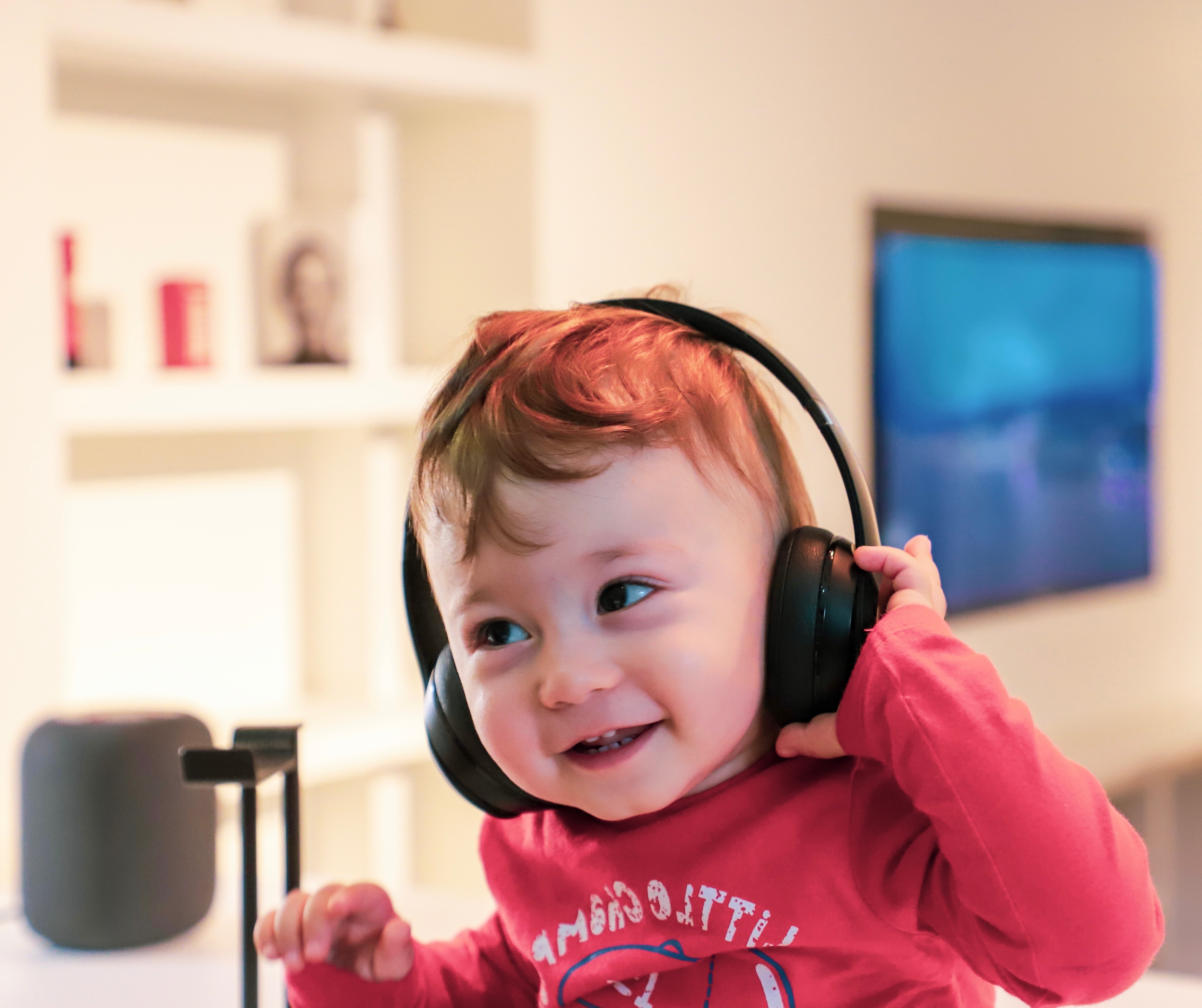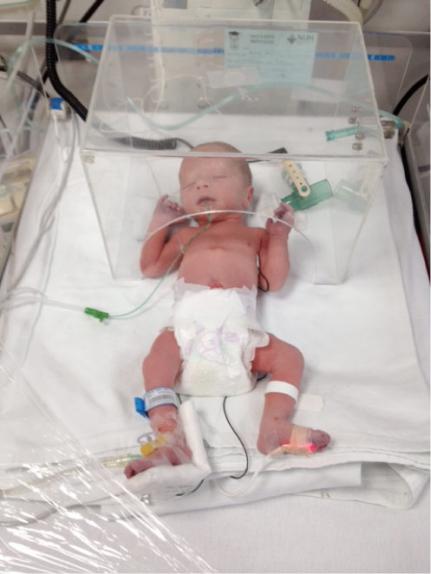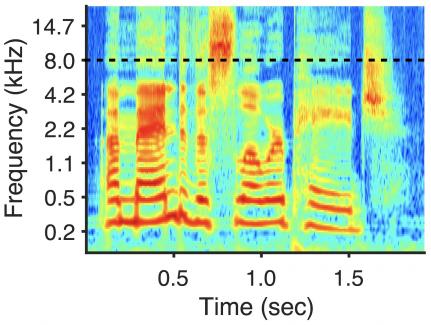Information about the ANEx Lab.
 The Auditory Neuroscience Experience (ANEx) Lab’s research focuses on the development of the human auditory brain throughout an individual's and the species' lifetime. We study how experience with the acoustic environment, including acoustic communication (i.e., speech), shapes the auditory brain and affects our perceptual capabilities. One current focus is on premature infants–a vulnerable population whose premature birth and abnormal early auditory/sensory experience can put them at risk for cognitive deficits. Another focus is on extended high-frequency hearing loss–a common condition we each have or likely will experience as we age.
The Auditory Neuroscience Experience (ANEx) Lab’s research focuses on the development of the human auditory brain throughout an individual's and the species' lifetime. We study how experience with the acoustic environment, including acoustic communication (i.e., speech), shapes the auditory brain and affects our perceptual capabilities. One current focus is on premature infants–a vulnerable population whose premature birth and abnormal early auditory/sensory experience can put them at risk for cognitive deficits. Another focus is on extended high-frequency hearing loss–a common condition we each have or likely will experience as we age.
Our Principal Investigator is Brian B. Monson.
Check out the tabs below to learn about our current projects or click here to visit our website to learn more.
Auditory Neurodevelopment of Preterm Infants
 At a time when the developing human brain typically receives intrauterine auditory stimulation, preterm infants are exposed to the potentially harsh acoustical environment of the neonatal intensive care unit (NICU). With today's medical care, preterm infants can be born nearly 4 months premature (around 23-24 weeks' gestation) and survive to adulthood. However, preterm infants are at higher risk than term-born infants for several auditory and cognitive disorders, including hearing loss, auditory neuropathy, auditory processing disorder, speech/language developmental delays, autism, and ADHD.
At a time when the developing human brain typically receives intrauterine auditory stimulation, preterm infants are exposed to the potentially harsh acoustical environment of the neonatal intensive care unit (NICU). With today's medical care, preterm infants can be born nearly 4 months premature (around 23-24 weeks' gestation) and survive to adulthood. However, preterm infants are at higher risk than term-born infants for several auditory and cognitive disorders, including hearing loss, auditory neuropathy, auditory processing disorder, speech/language developmental delays, autism, and ADHD.
Our research in this area focuses on the NICU acoustic environment and neonatal medical care to identify potentially noxious acoustic stimuli and/or ototoxic medications and treatment. We also utilize neuroimaging (MRI) and neurophysiological (auditory brainstem response) techniques to track auditory neural development in preterm infants. The two ultimate goals of this research are to:
- Develop interventions that will optimize auditory experience for preterm infants
- Promote healthy auditory brain development, speech perception, and language acquisition during infancy and childhood.
The Contribution of Extended High Frequencies to Speech/Voice Perception
 Humans have been endowed with an auditory system sensitive to a broad range of frequencies and a vocal apparatus that produces energy across that range of frequencies, suggesting these two systems have been tuned to each other over the species lifetime. However, speech/voice perception research and technology have, for various reasons, focused largely on the low-frequency portion of the speech spectrum. For example, your cell phone probably only transmits speech energy at frequencies below 4000 Hz, though human voices produce considerable energy at frequencies higher than that. HD voice (a.k.a. wideband audio) applications (e.g., Skype) and hearing aids are moving toward representing higher frequencies. Extended high-frequency energy (energy produced at frequencies >8 kHz) provides the auditory brain with useful information for speech and singing voice perception, including cues for speech source location, speech/voice quality, vocal timbre, and even speech intelligibility.
Humans have been endowed with an auditory system sensitive to a broad range of frequencies and a vocal apparatus that produces energy across that range of frequencies, suggesting these two systems have been tuned to each other over the species lifetime. However, speech/voice perception research and technology have, for various reasons, focused largely on the low-frequency portion of the speech spectrum. For example, your cell phone probably only transmits speech energy at frequencies below 4000 Hz, though human voices produce considerable energy at frequencies higher than that. HD voice (a.k.a. wideband audio) applications (e.g., Skype) and hearing aids are moving toward representing higher frequencies. Extended high-frequency energy (energy produced at frequencies >8 kHz) provides the auditory brain with useful information for speech and singing voice perception, including cues for speech source location, speech/voice quality, vocal timbre, and even speech intelligibility.
These cues are likely utilized more readily by children, who typically have much more sensitive high-frequency hearing than adults. For example, school-aged children use high-frequency energy when learning new words, and show significant word-learning deficits when deprived of the high frequencies. Our research in this area aims to uncover the ecological value of extended high-frequency hearing and its utility in everyday speech/voice perception.
The ultimate goal of this research is to improve communication technology (hearing aids, cochlear implants, mobile phones). You can read a bit more about it in lay-language papers here and here.